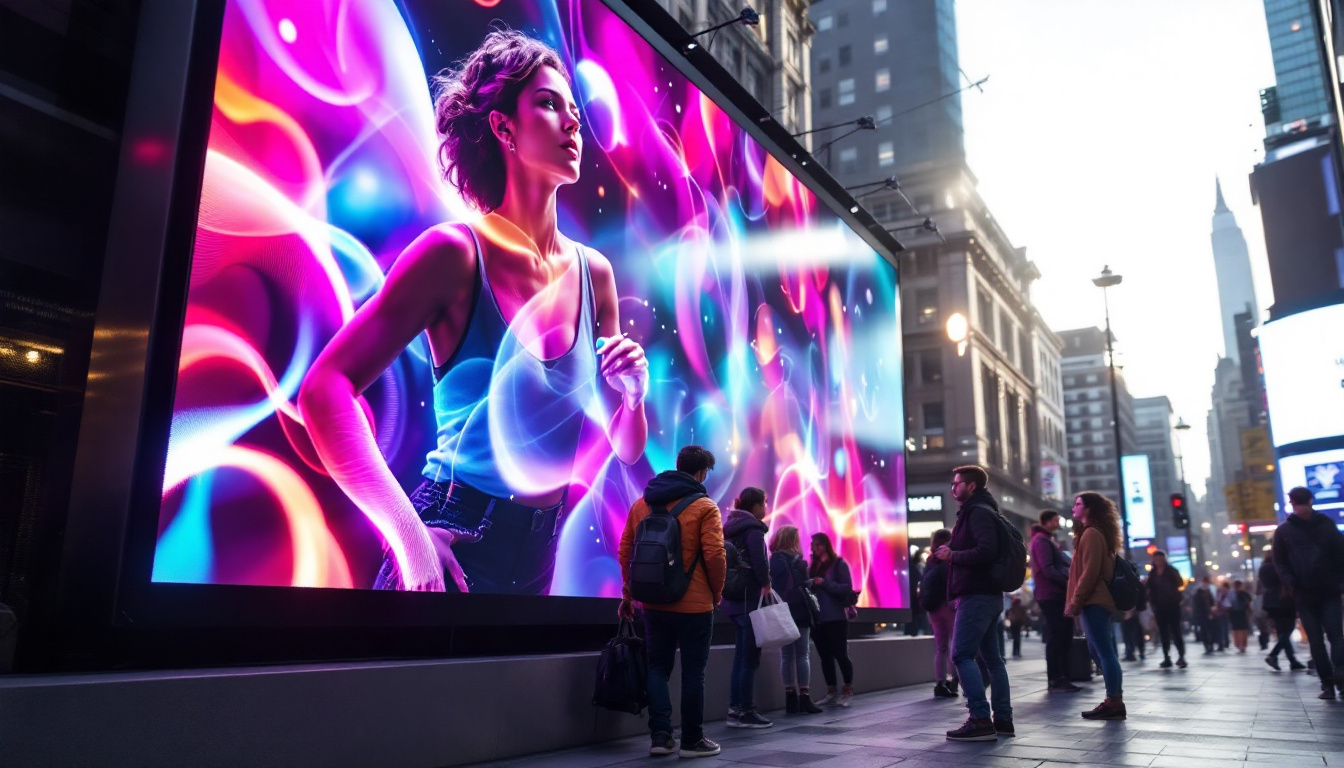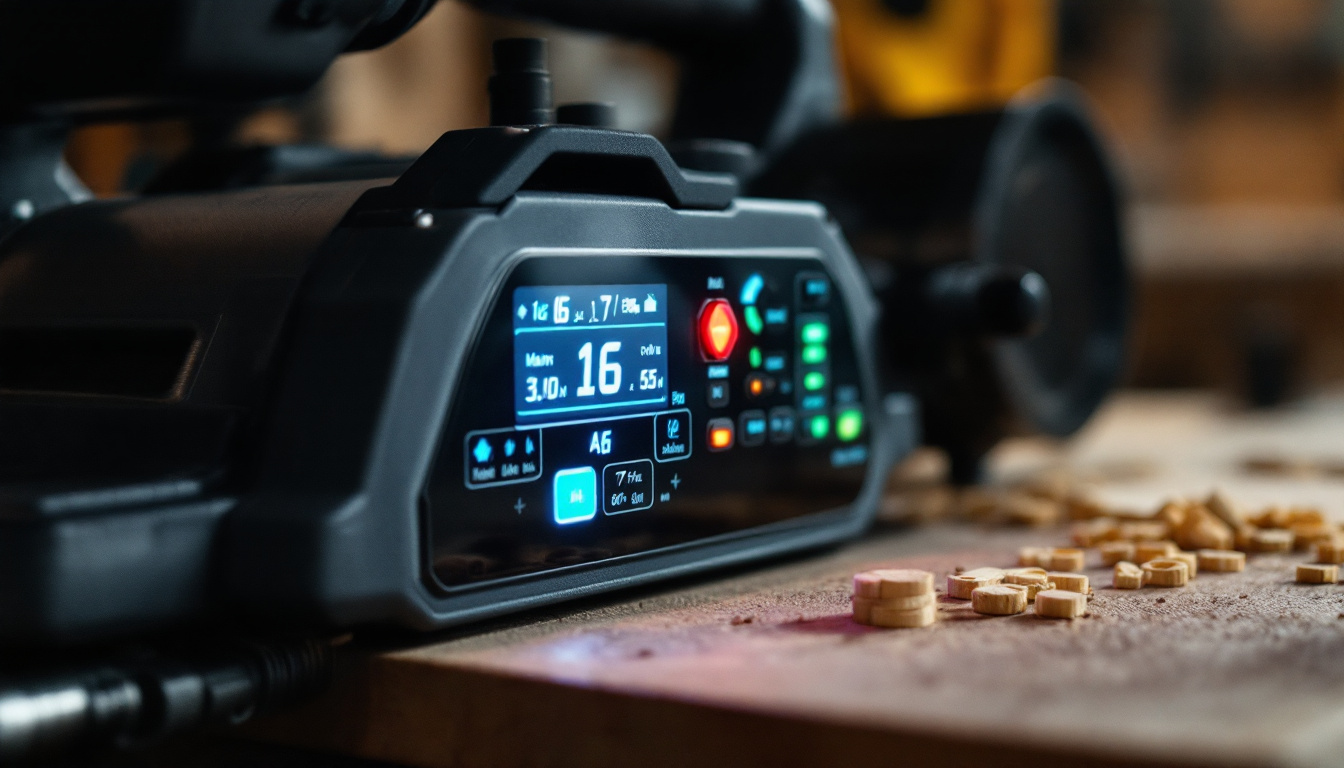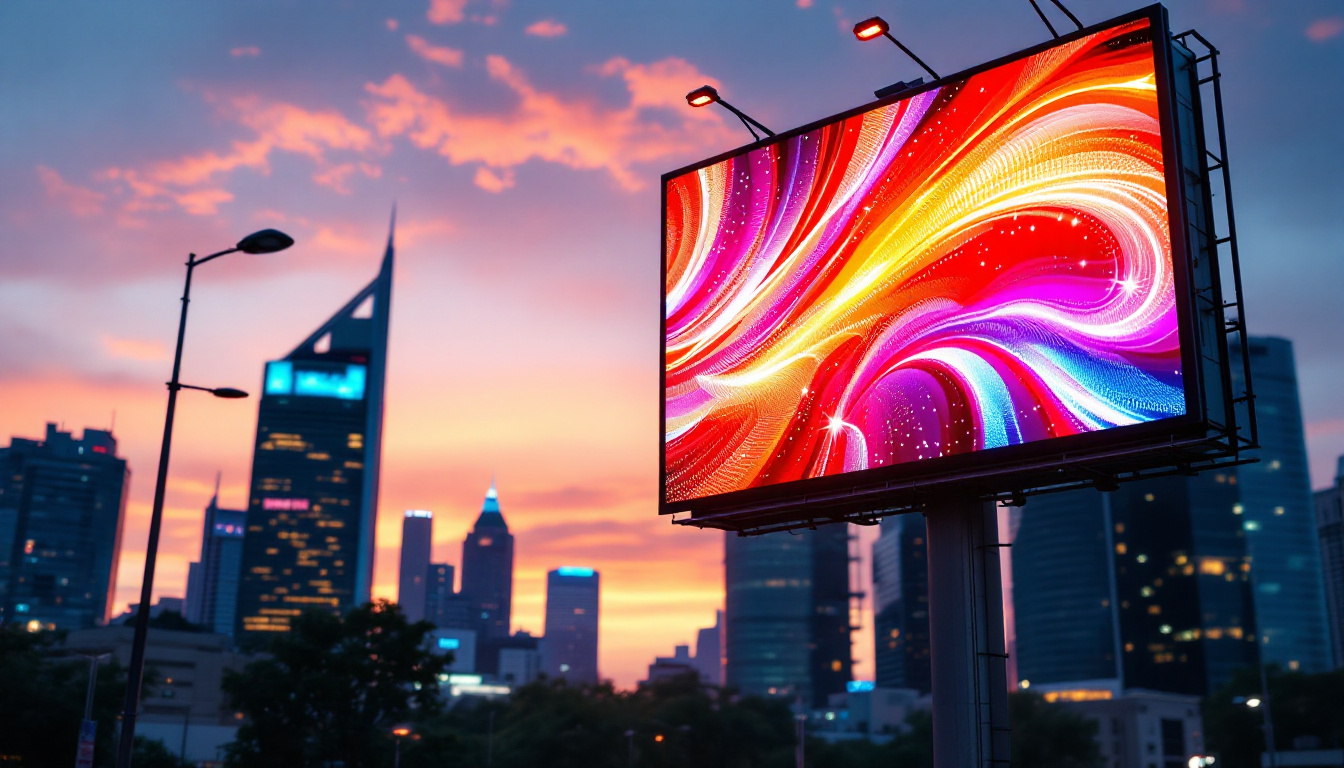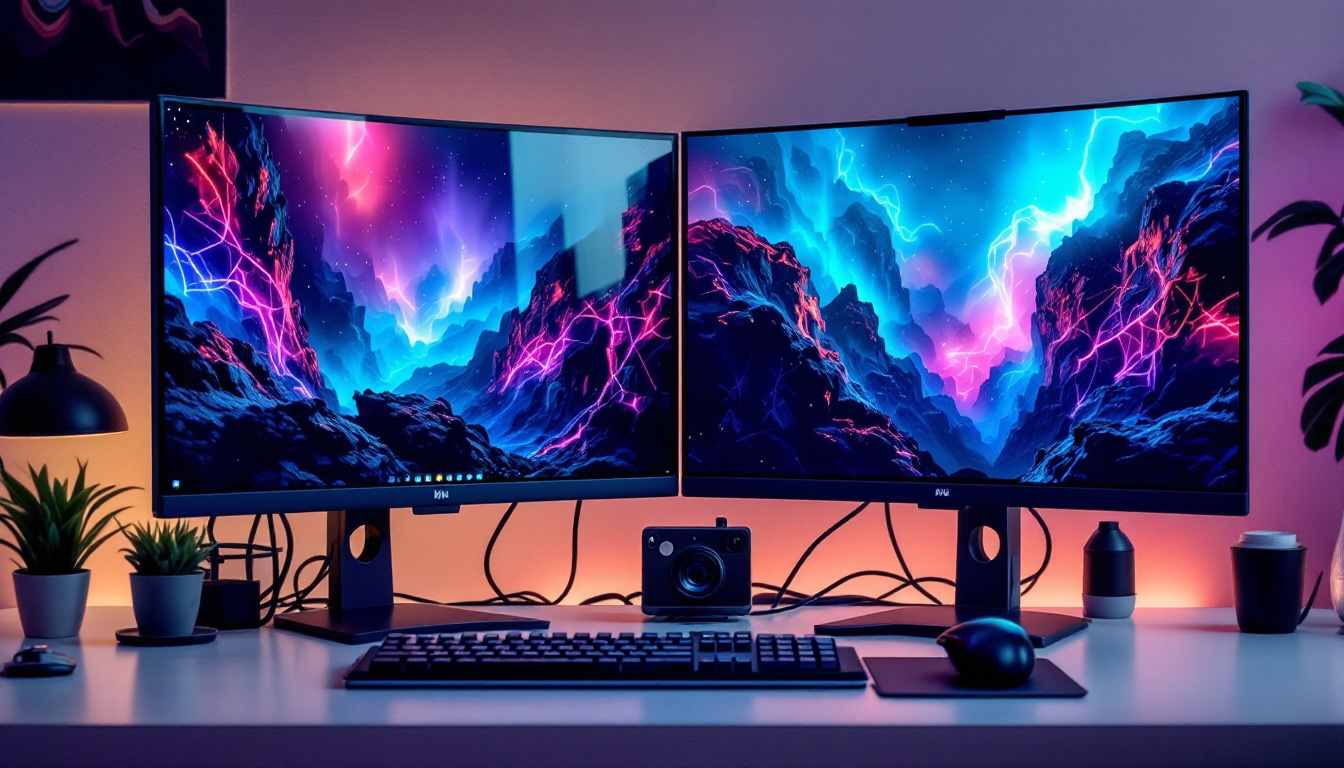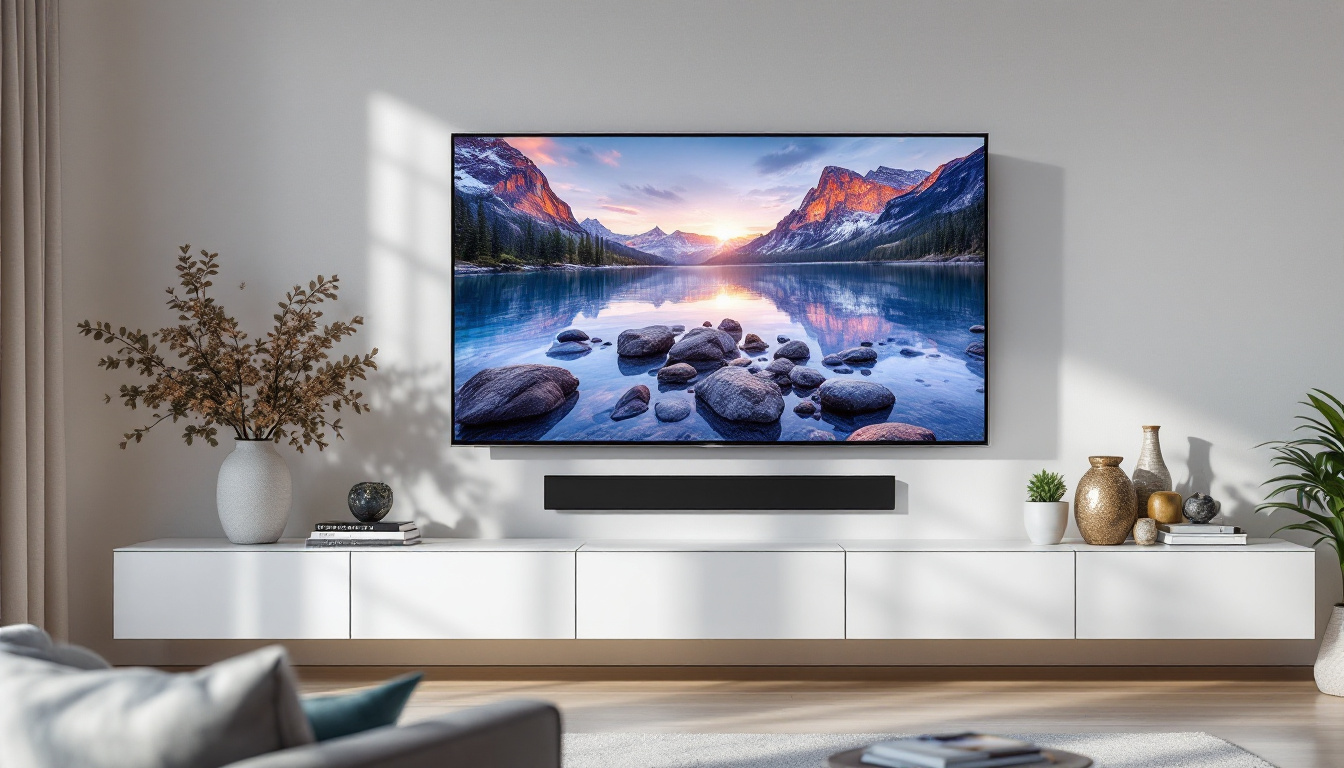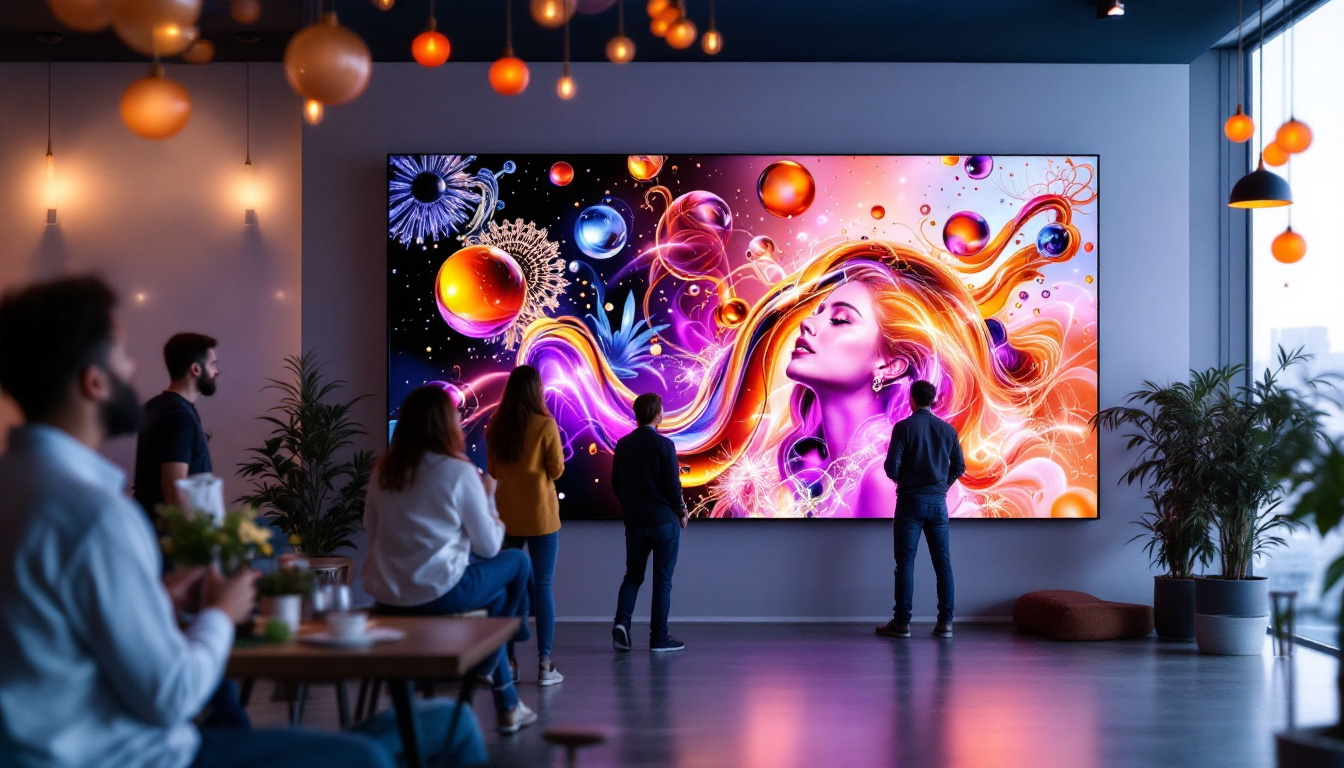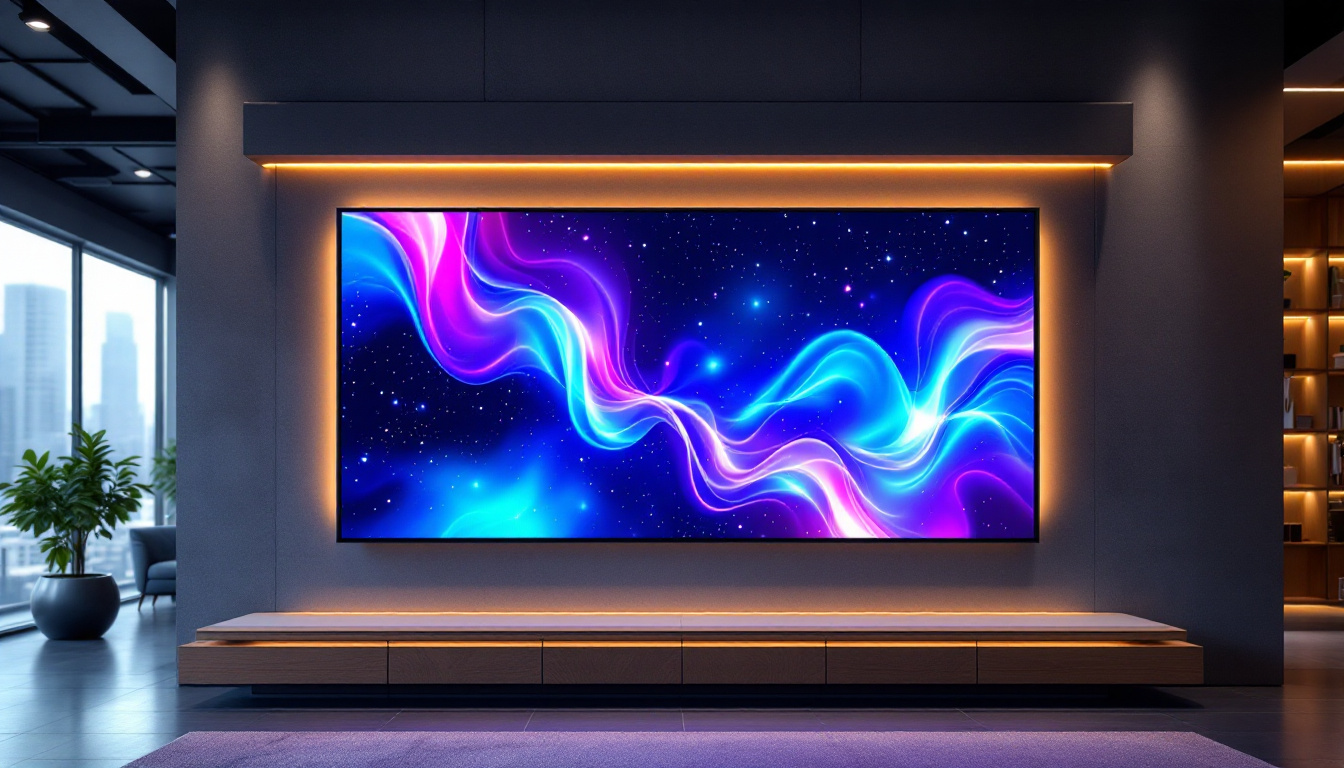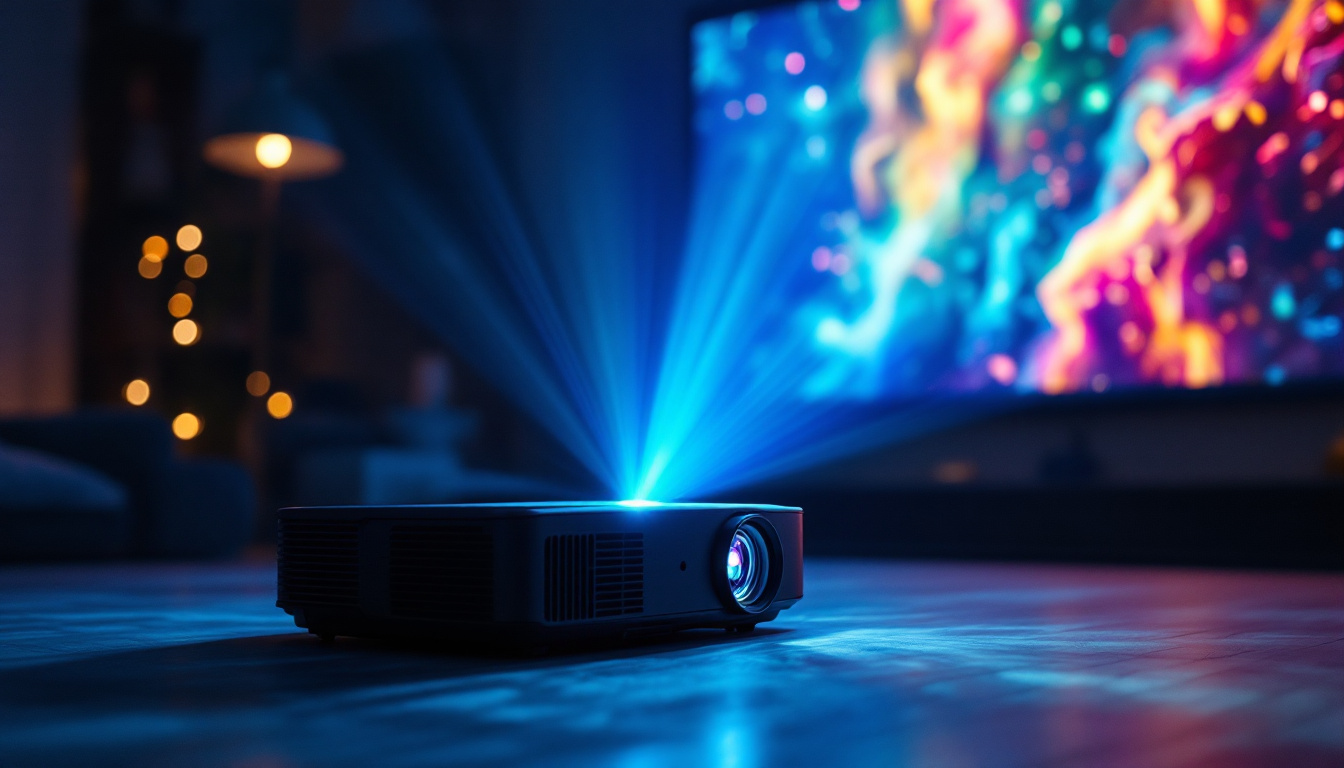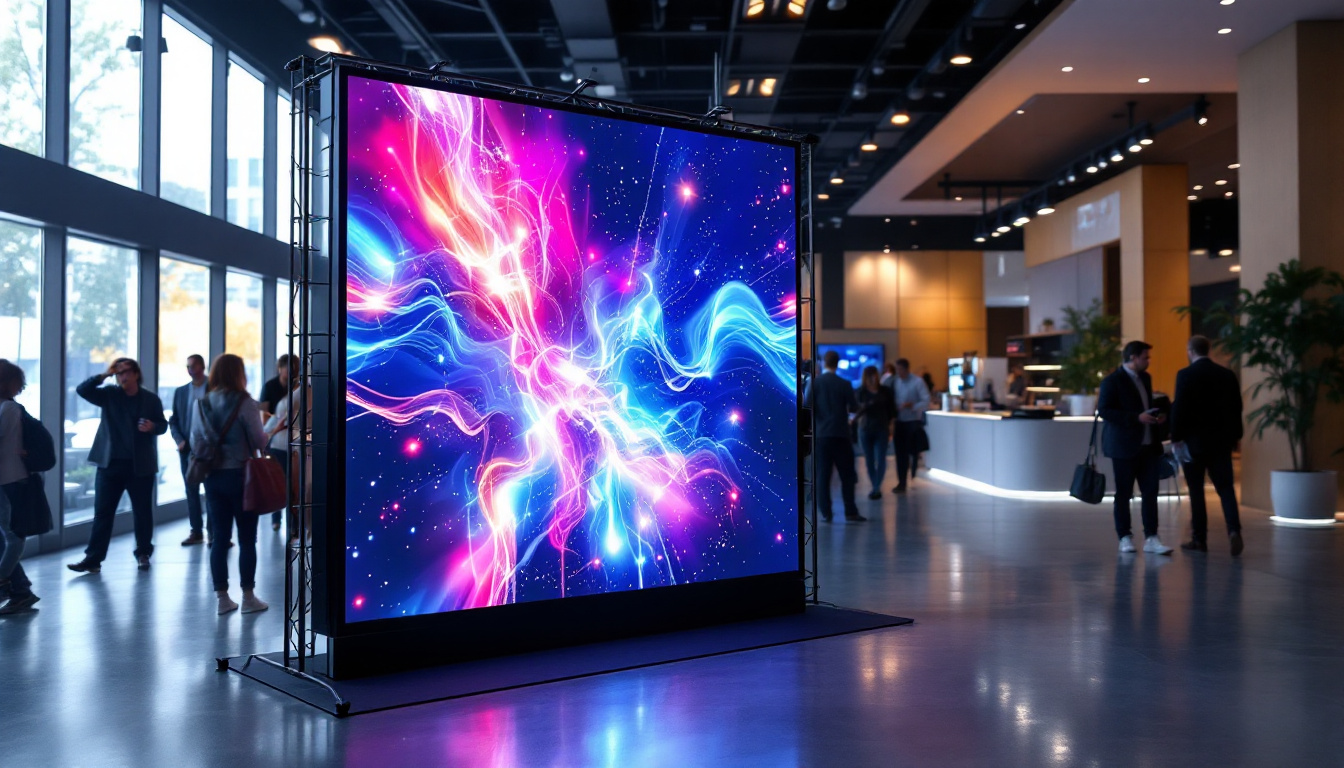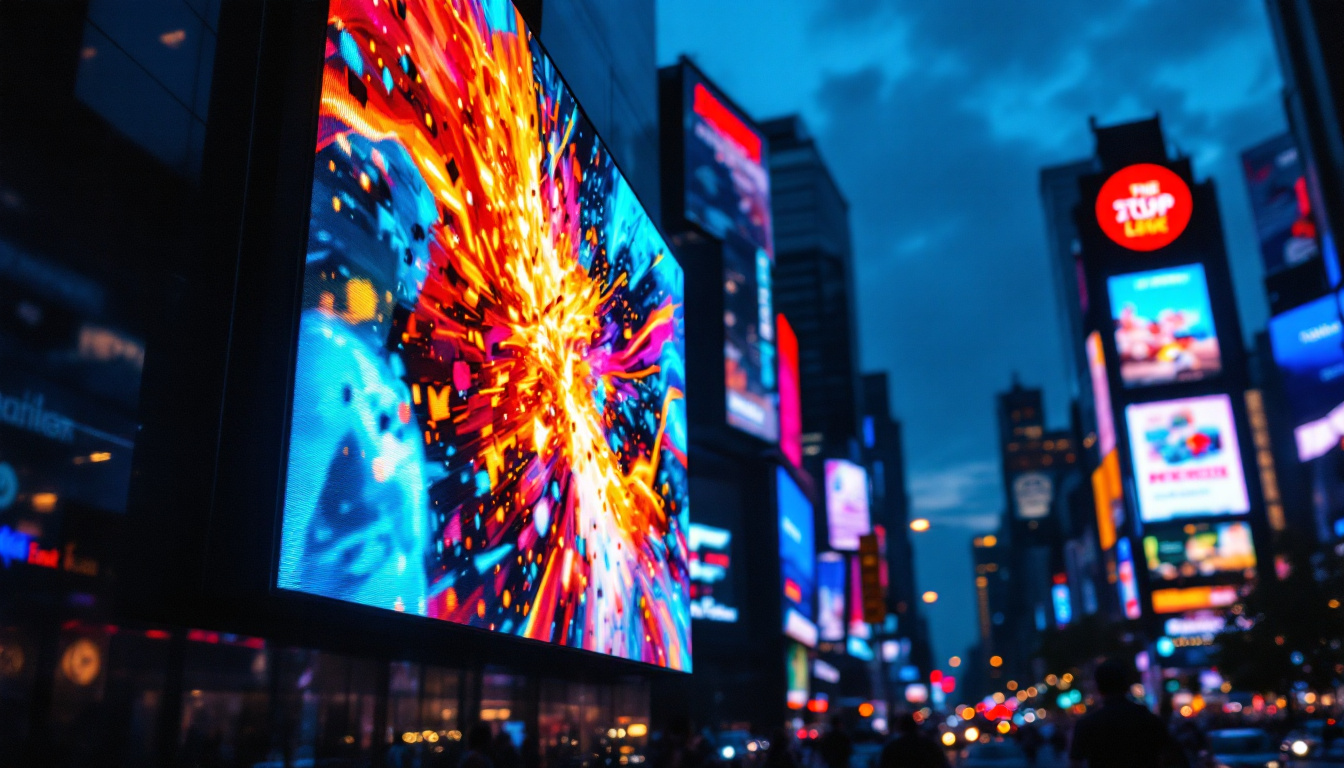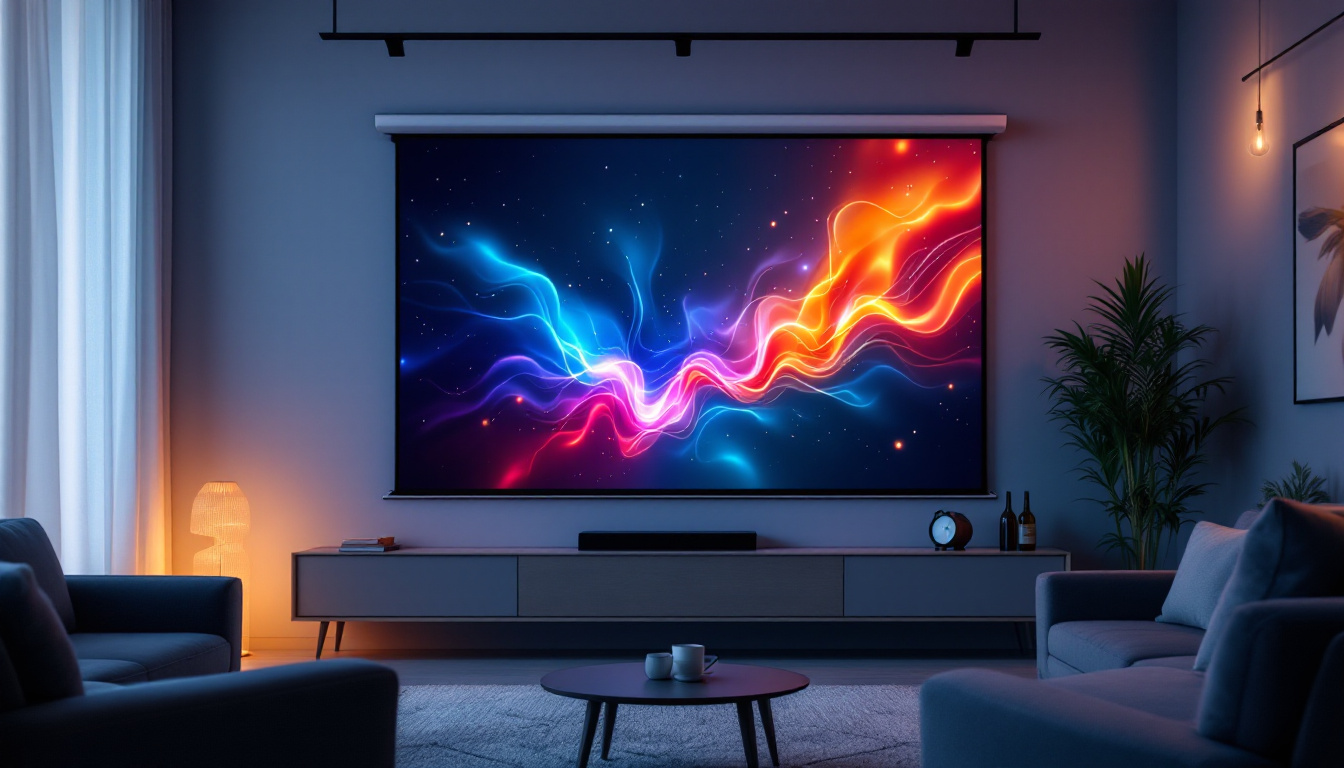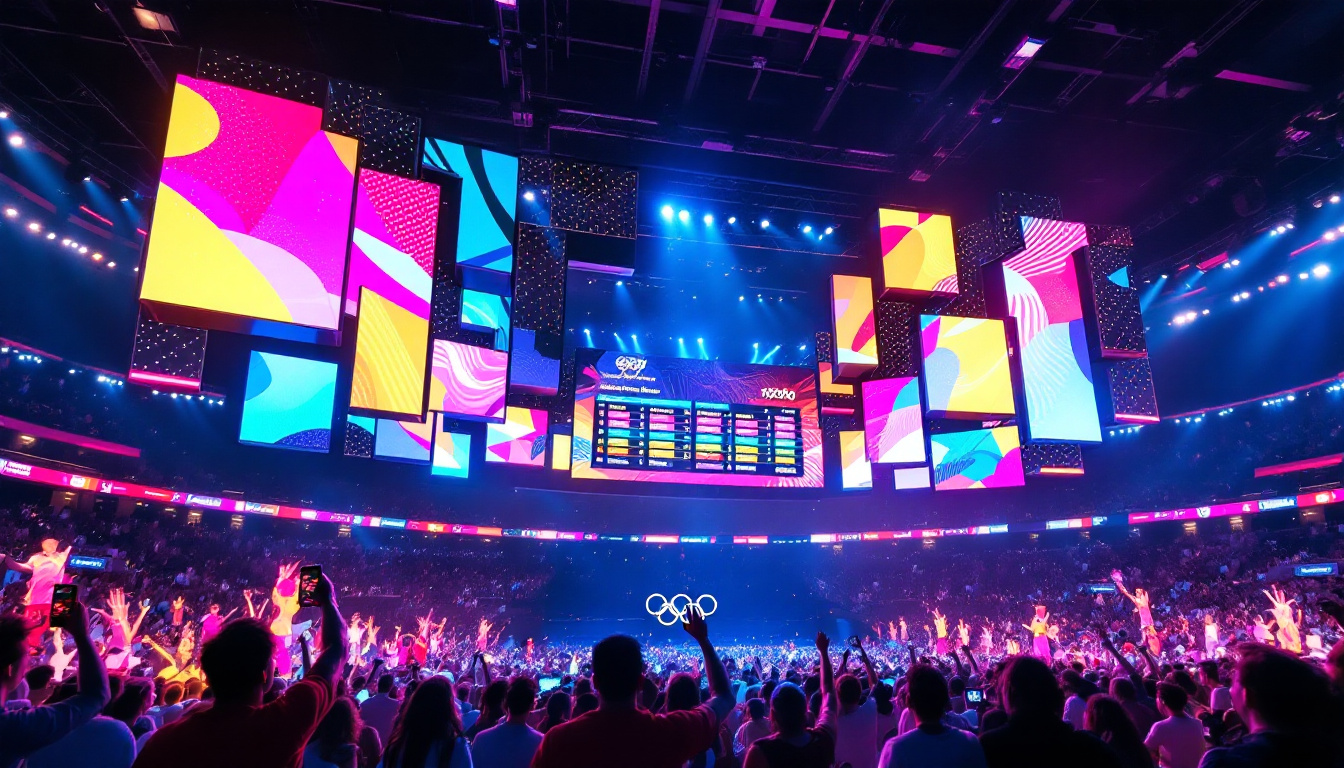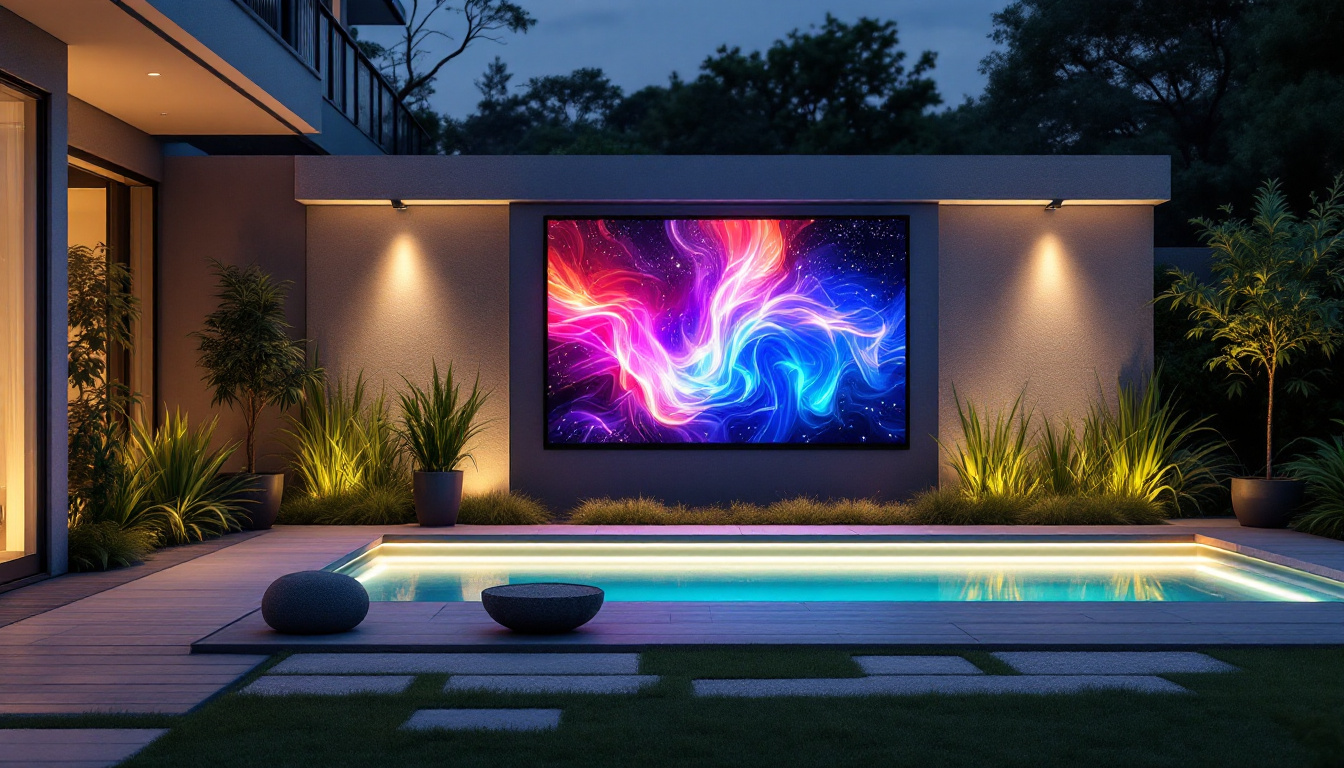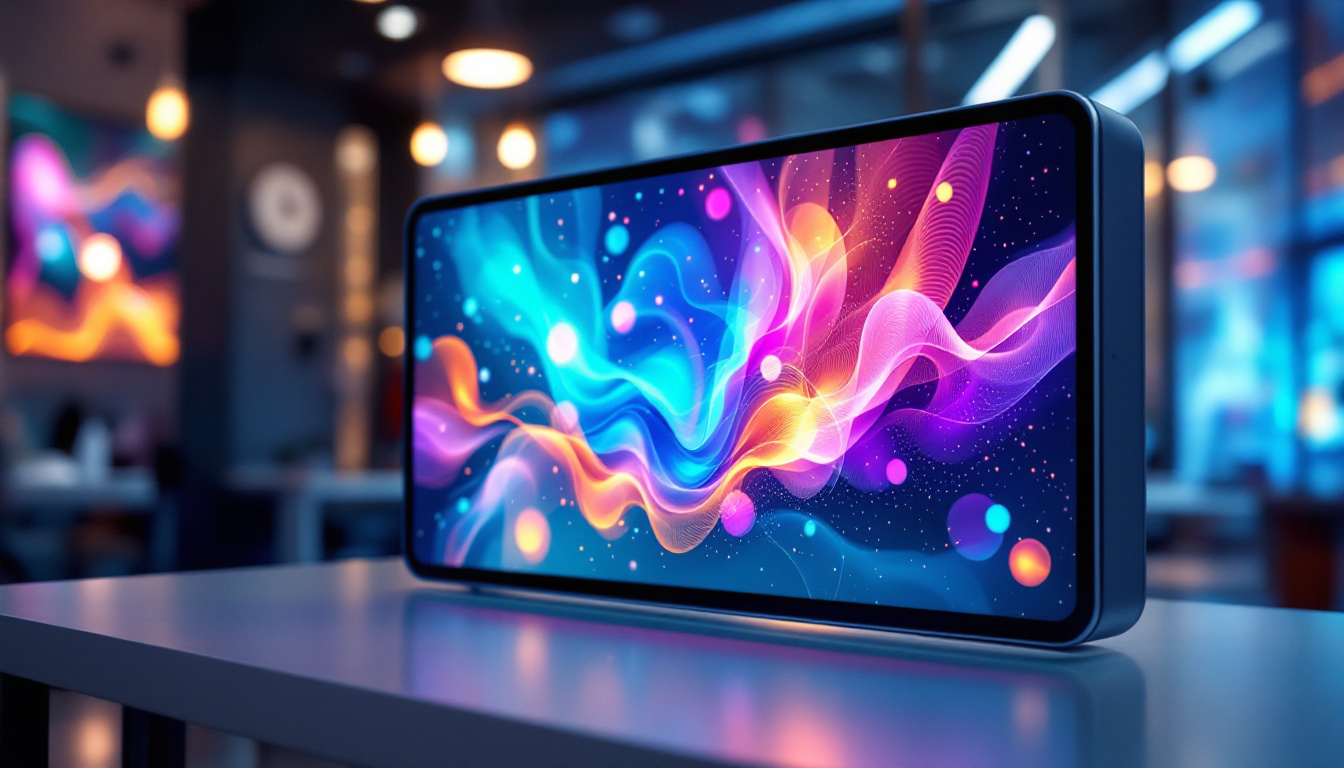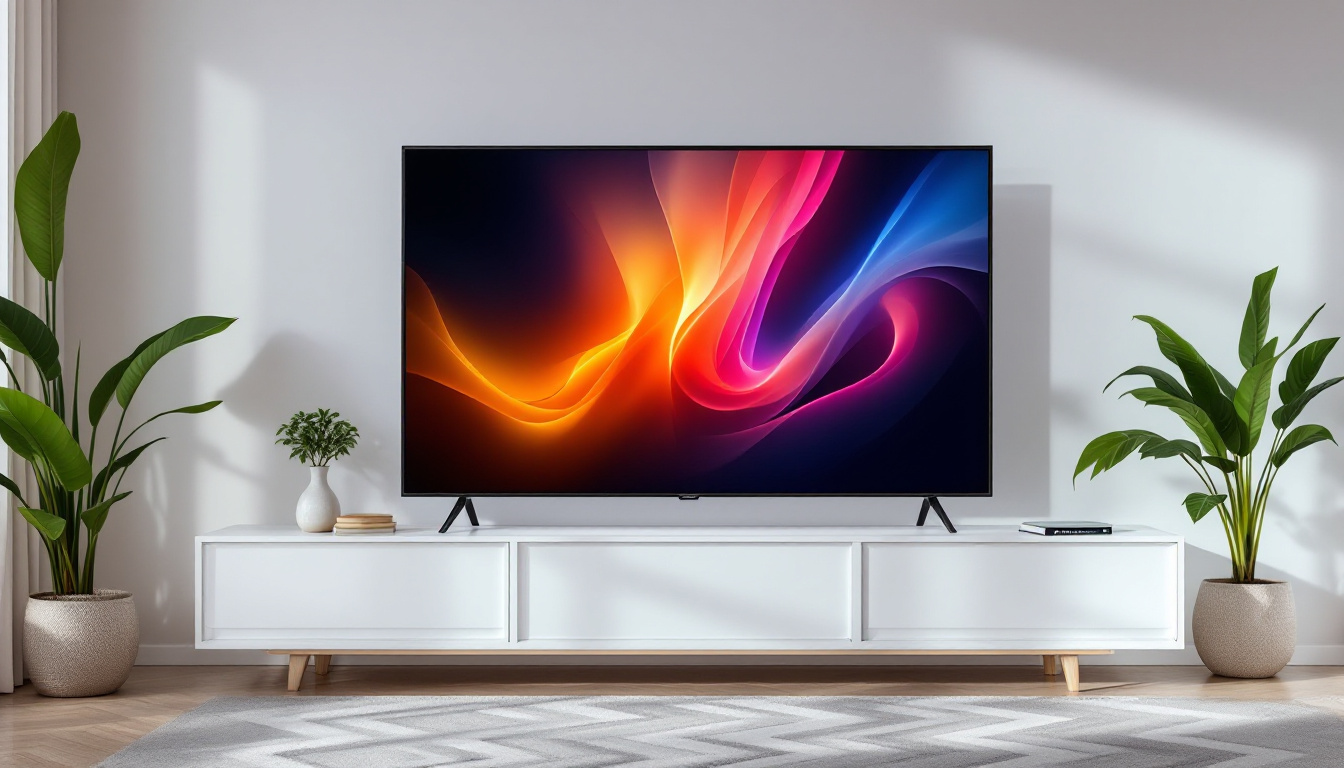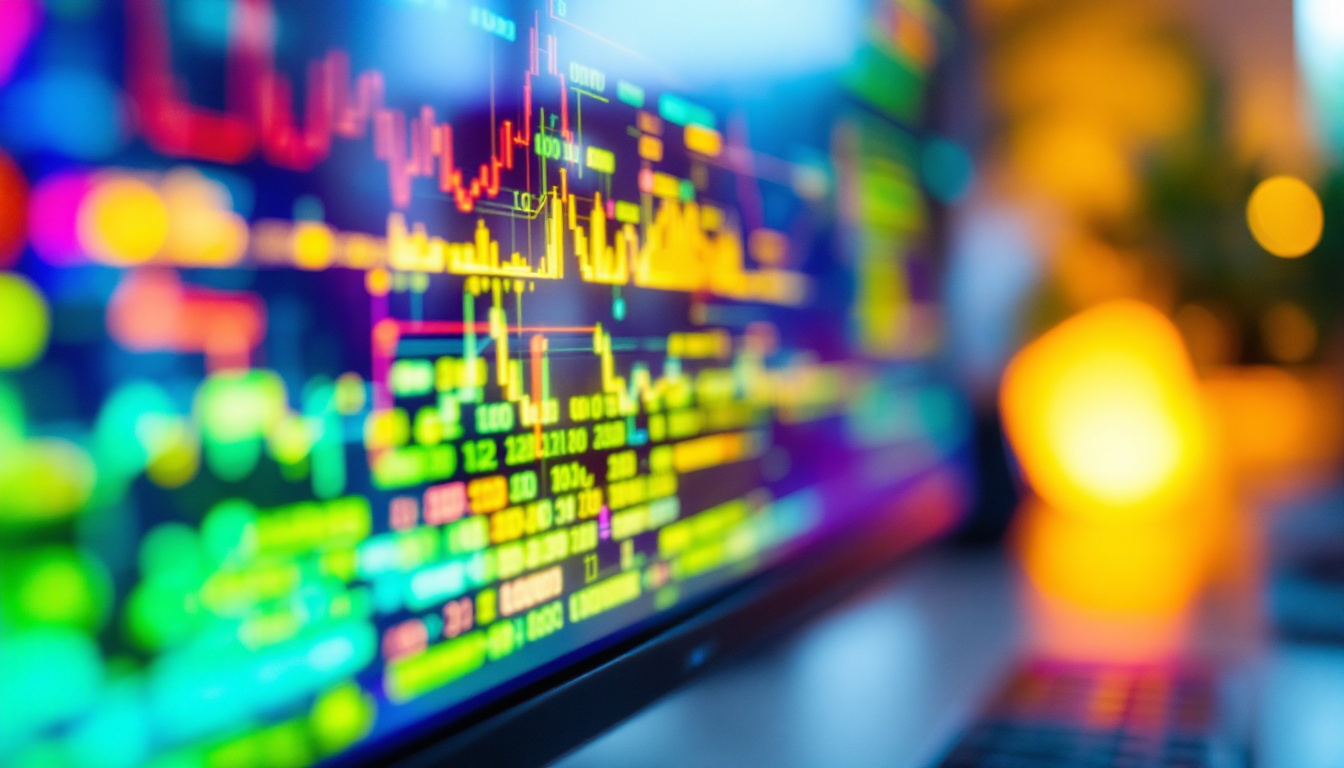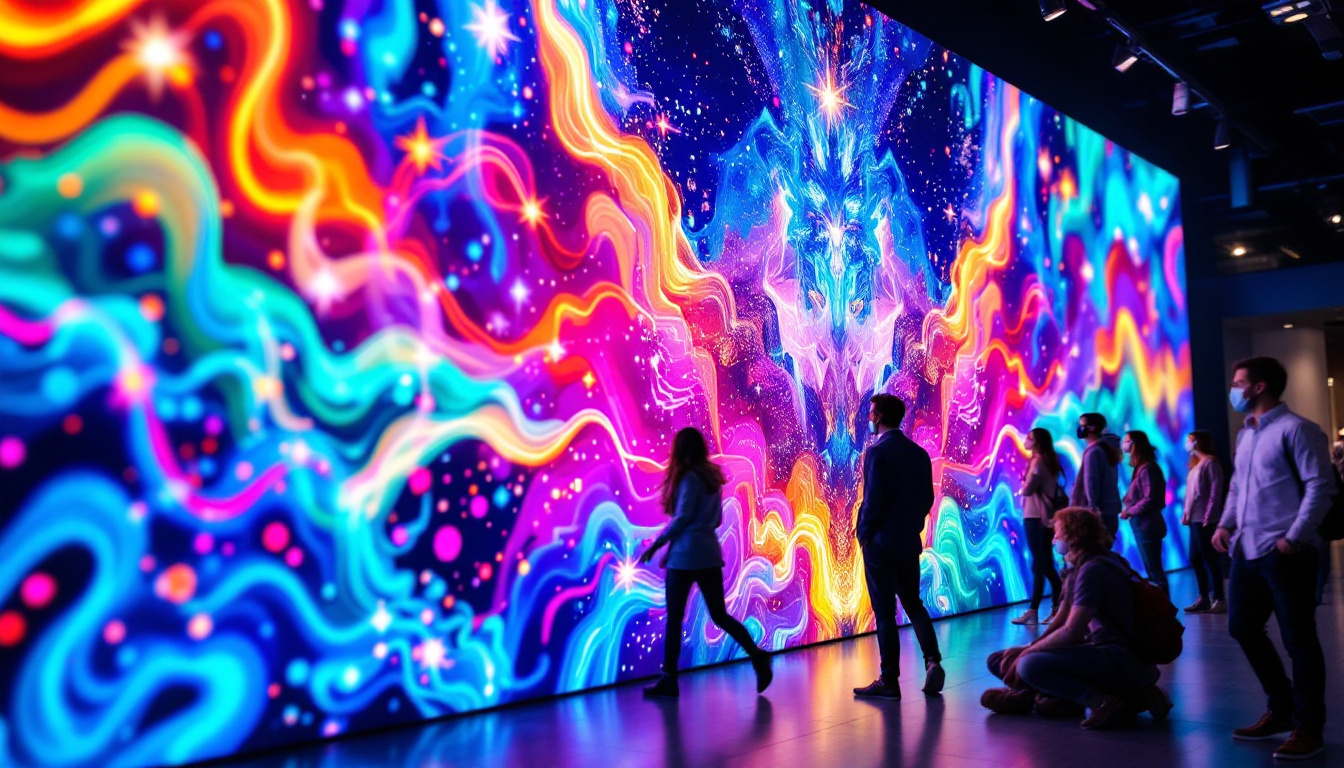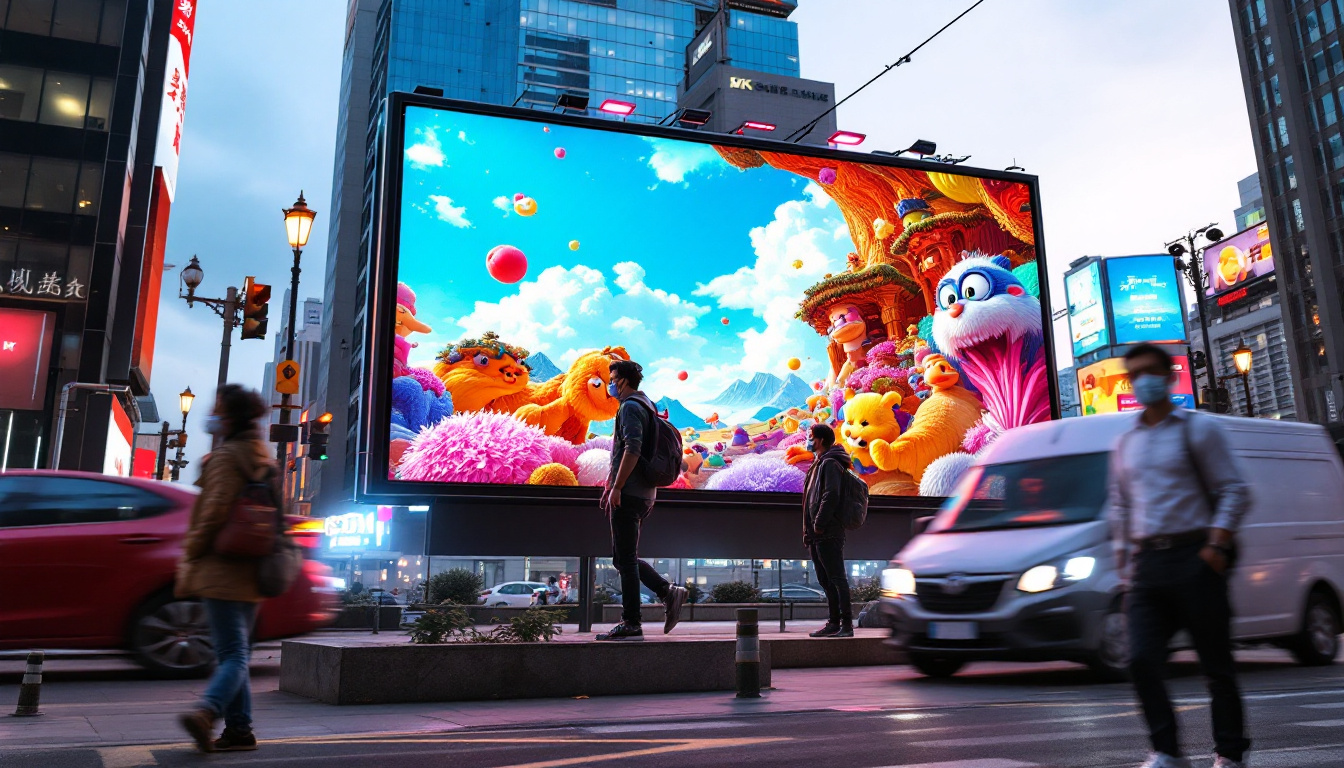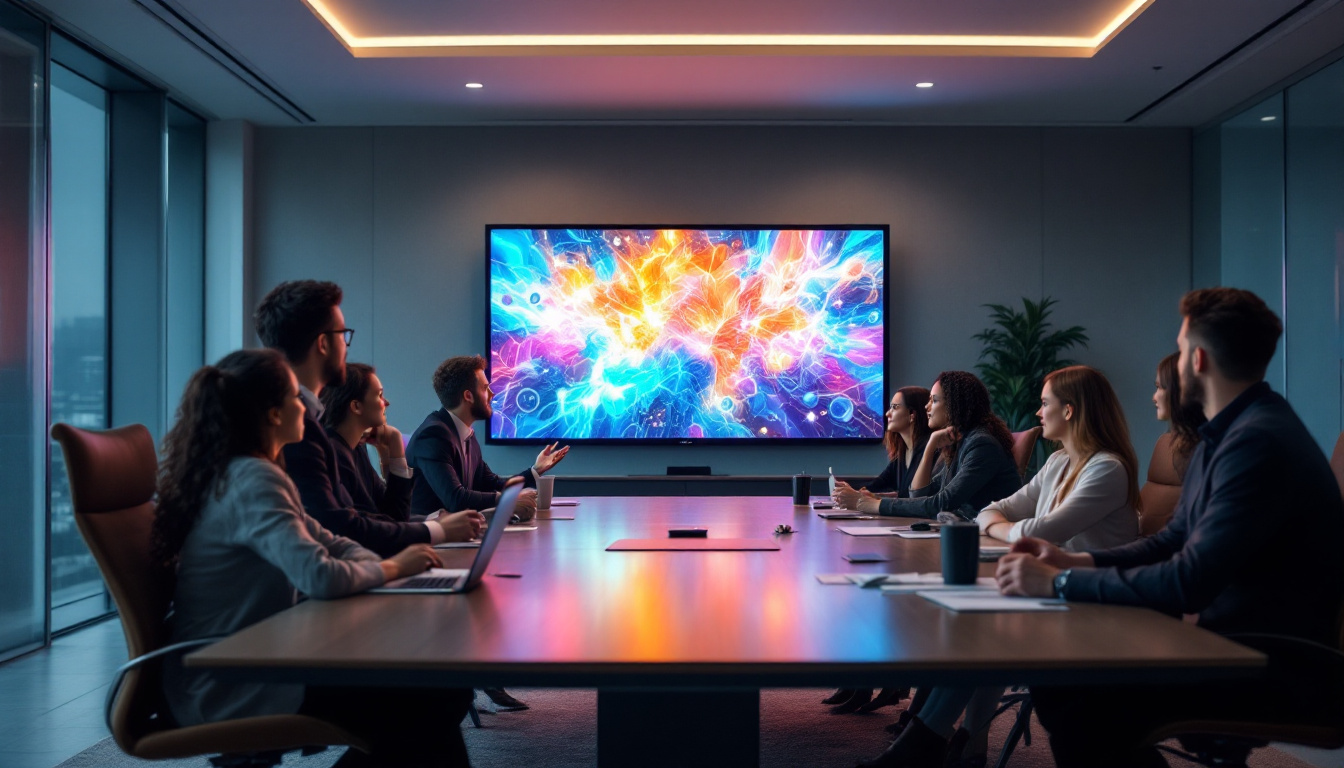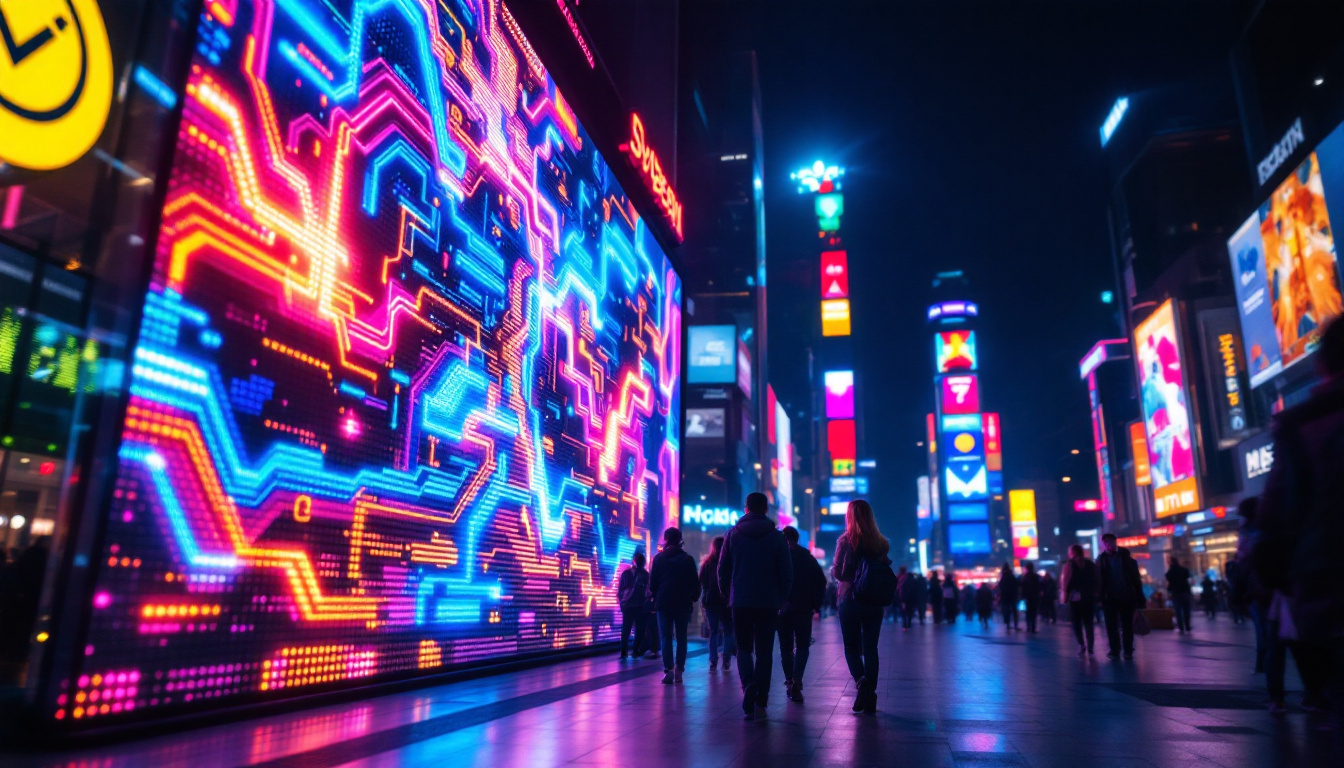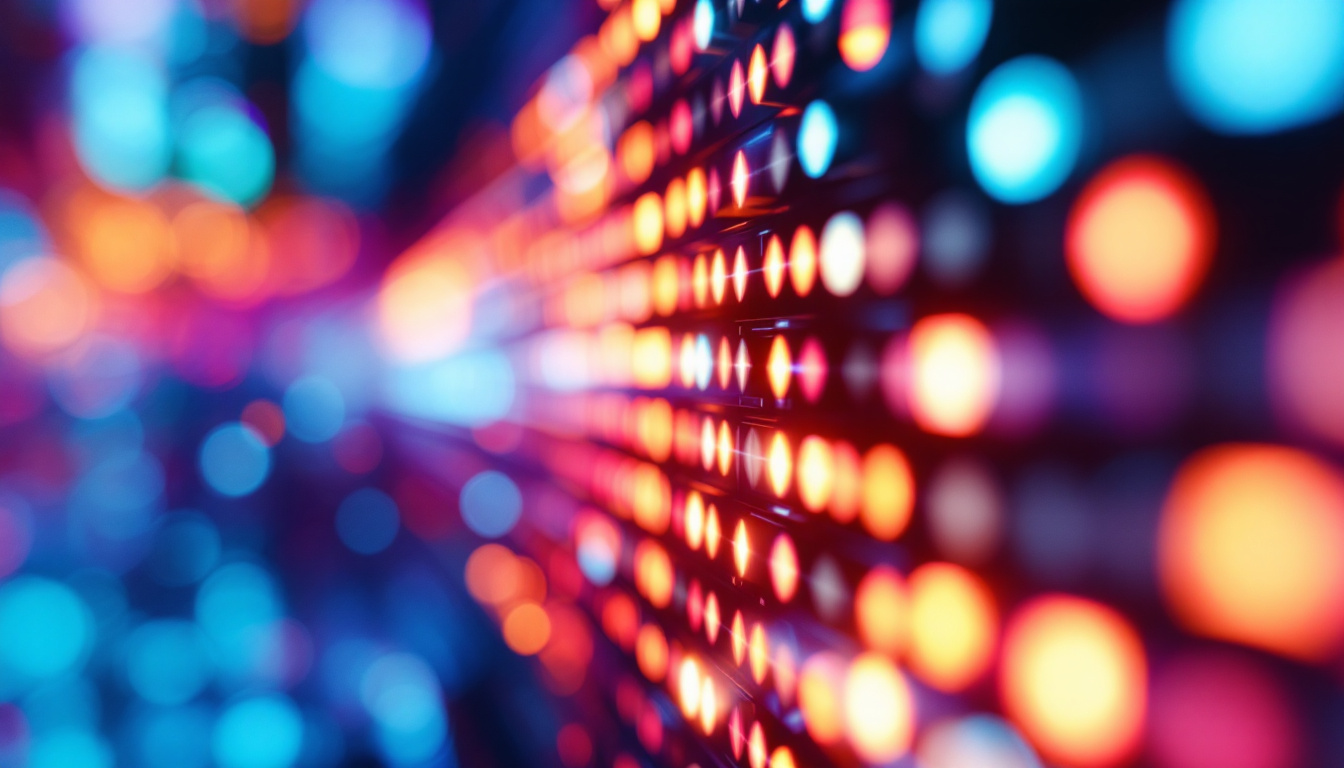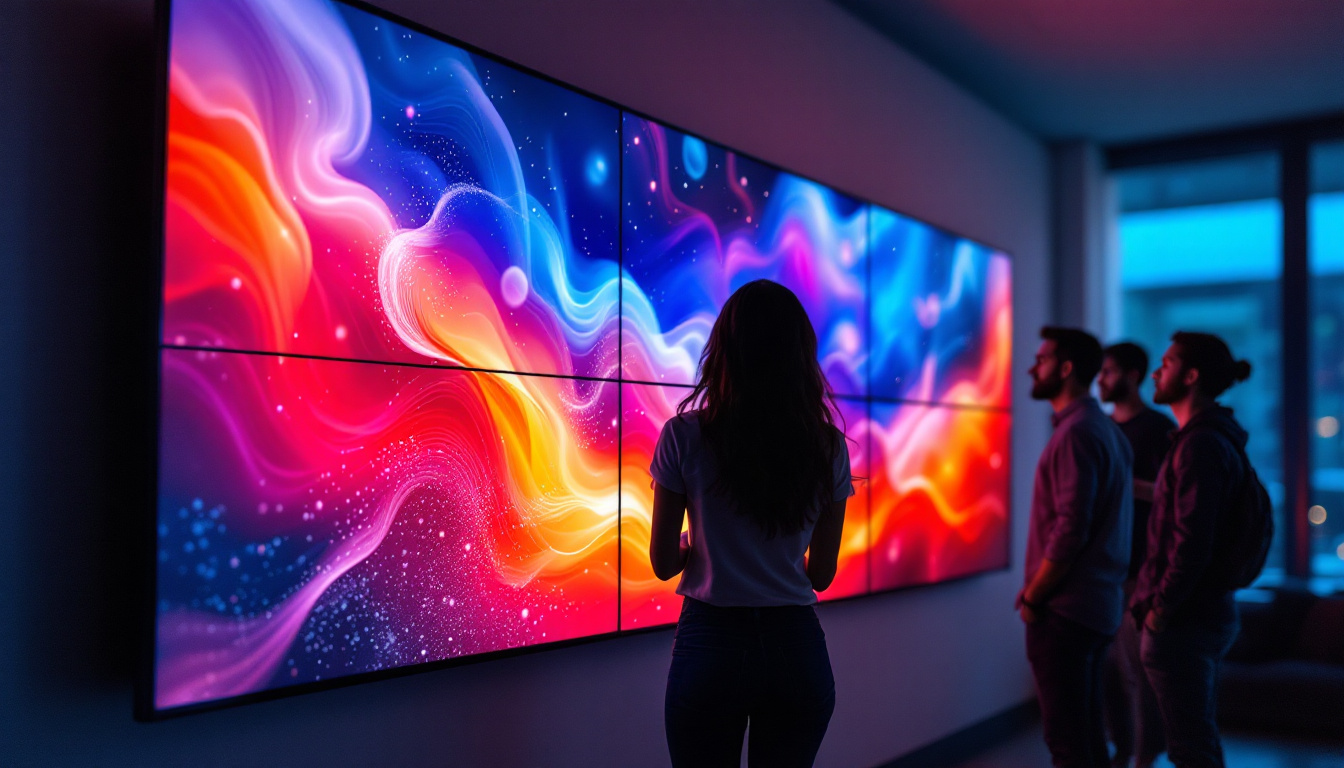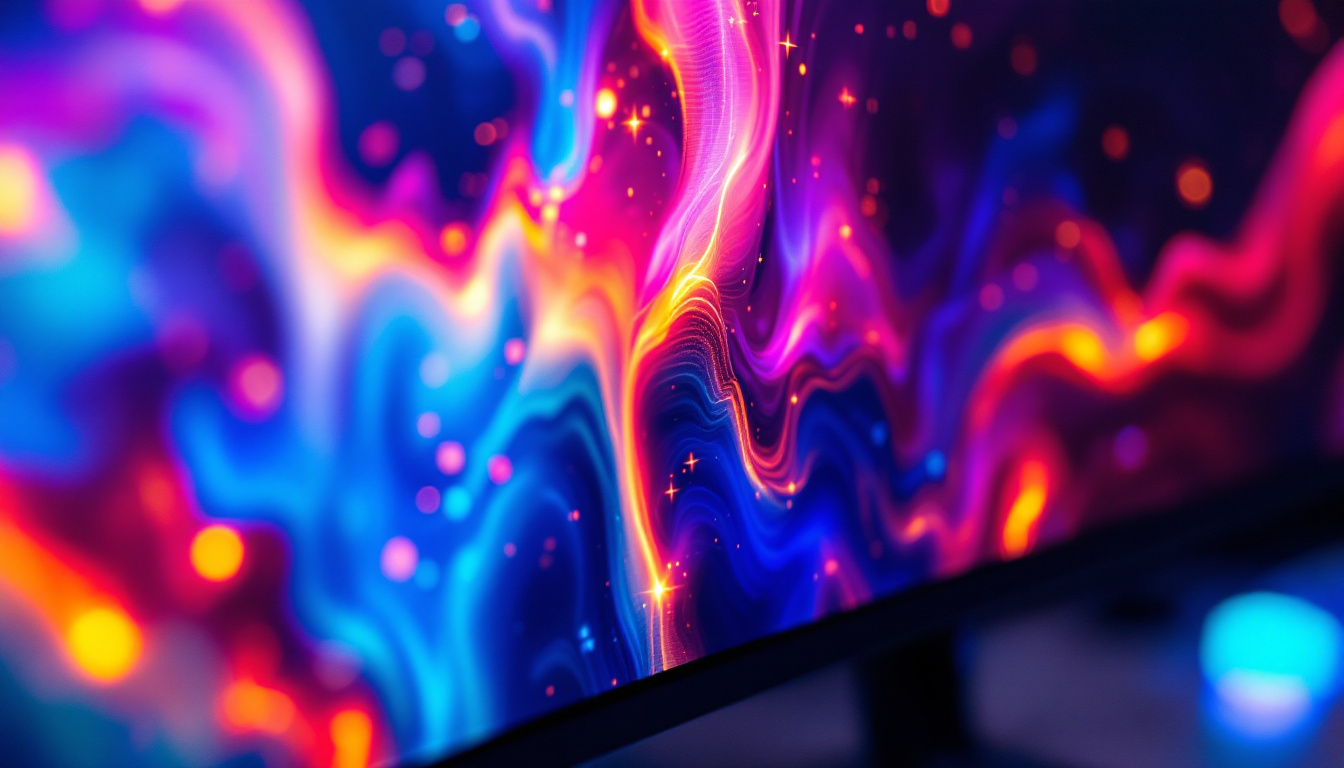In the realm of advertising and information dissemination, outdoor displays have become a vital tool for businesses and organizations aiming to capture attention and convey messages effectively. Among the various technologies available, LED displays stand out for their vibrant colors, high visibility, and versatility. This article delves into the intricacies of LED displays, exploring their components, benefits, applications, and future trends.
Understanding LED Technology
Light Emitting Diodes (LEDs) are semiconductor devices that emit light when an electric current passes through them. This technology has revolutionized the way displays are designed and utilized, particularly in outdoor environments. The efficiency of LEDs, which convert a significant portion of electrical energy into light, has also contributed to their popularity, as they consume less power compared to traditional incandescent bulbs. This energy efficiency not only reduces electricity costs but also minimizes the carbon footprint associated with lighting solutions.
How LED Displays Work
LED displays consist of numerous individual LEDs arranged in a matrix format. Each LED can emit different colors, and when combined, they create a full spectrum of colors. The brightness and clarity of these displays are influenced by the density of the LED matrix, measured in pixels per square meter. Higher pixel density results in sharper images and text, making it crucial for outdoor settings where visibility from a distance is essential. Furthermore, the ability to control each LED individually allows for dynamic content display, such as animations and videos, enhancing the viewer’s experience. This technology is particularly advantageous for advertising, where eye-catching visuals can significantly impact consumer engagement.
Types of LED Displays
There are primarily two types of LED displays: traditional LED displays and OLED (Organic Light Emitting Diode) displays. Traditional LED displays are known for their durability and brightness, making them suitable for direct sunlight. In contrast, OLED displays offer superior color accuracy and contrast but are typically more expensive and less durable in outdoor conditions. Additionally, the flexibility of OLED technology allows for innovative designs, such as curved or bendable screens, which can create unique visual experiences in various applications, from retail environments to art installations. As the technology continues to evolve, hybrid displays that combine the strengths of both traditional LEDs and OLEDs are emerging, promising even greater versatility and performance in the display market.
Benefits of LED Displays
LED displays offer a multitude of advantages that make them an attractive choice for outdoor advertising and information sharing. These benefits extend beyond mere aesthetics, impacting functionality and cost-effectiveness.
High Visibility and Brightness
One of the most significant advantages of LED displays is their brightness. They can produce vivid colors and high contrast, ensuring that messages remain visible even in direct sunlight. This high visibility is crucial for outdoor advertising, where competition for attention is fierce. Furthermore, LED displays can adjust their brightness levels automatically based on ambient light conditions, ensuring optimal visibility at all times. This adaptability not only enhances the viewer’s experience but also ensures that the content is always legible, whether it’s day or night, making it a versatile solution for various advertising needs.
Energy Efficiency
LED technology is known for its energy efficiency compared to traditional display technologies. LED displays consume significantly less power, which not only reduces operational costs but also minimizes environmental impact. This energy efficiency is particularly beneficial for businesses looking to lower their carbon footprint while maintaining effective advertising strategies. Additionally, many LED displays are now equipped with smart technology that allows for real-time monitoring of energy consumption, enabling businesses to optimize their usage further. This feature not only contributes to cost savings but also aligns with the growing trend towards sustainability in advertising practices.
Durability and Longevity
Outdoor environments can be harsh, with displays exposed to varying weather conditions, including rain, snow, and extreme temperatures. LED displays are designed to withstand these challenges, featuring robust construction and protective coatings. Additionally, they have a longer lifespan compared to traditional displays, often exceeding 100,000 hours of operation. This durability translates to lower maintenance costs and fewer replacements over time, making LED displays a wise investment for businesses. Moreover, many manufacturers offer warranties that further assure buyers of the product’s longevity, providing peace of mind that the display will continue to perform reliably even in the most demanding environments.
Versatility in Content Delivery
Another compelling benefit of LED displays is their versatility in content delivery. These displays can easily showcase a variety of content types, from static images and text to dynamic videos and animations. This flexibility allows businesses to tailor their messaging to different audiences and occasions, maximizing engagement. For instance, a retail store can use an LED display to promote flash sales during peak shopping hours, while a public information display can relay real-time updates about local events or emergencies. The ability to update content remotely and in real time further enhances the effectiveness of LED displays, allowing for timely and relevant communication that resonates with viewers.
Enhanced Engagement Through Interactivity
In addition to their visual appeal, many modern LED displays incorporate interactive features that enhance viewer engagement. Touchscreen capabilities, QR code integration, and social media connectivity can transform a passive viewing experience into an interactive one. This level of engagement not only captures attention but also encourages audience participation, making it an effective tool for brands looking to create a memorable experience. For example, businesses can run contests or polls displayed on LED screens, inviting customers to engage directly with the content. This interactivity not only fosters a connection with the audience but also provides valuable data insights that can inform future marketing strategies.
Applications of LED Displays
The versatility of LED displays allows them to be utilized in a wide range of applications, from advertising to public information systems. Their adaptability makes them suitable for various industries and settings.
Advertising and Marketing
Businesses leverage LED displays for advertising campaigns, showcasing promotions, events, and brand messages. Their dynamic nature allows for real-time updates, enabling companies to tailor their messaging based on audience engagement and market trends. This capability enhances the effectiveness of marketing strategies, leading to increased customer interaction.
Public Information Systems
LED displays are also widely used in public information systems, such as transportation hubs, airports, and city centers. They provide real-time updates on schedules, directions, and emergency alerts, ensuring that the public remains informed. The ability to quickly change messages makes them invaluable in dynamic environments where information needs to be updated frequently.
Entertainment and Events
In the entertainment industry, LED displays play a crucial role in enhancing the audience experience. From concerts to sporting events, large LED screens are used to broadcast live feeds, advertisements, and interactive content. Their ability to deliver high-quality visuals in large formats creates an immersive atmosphere that captivates audiences.
Installation and Maintenance Considerations
While LED displays offer numerous benefits, proper installation and maintenance are essential to ensure optimal performance and longevity. Understanding these aspects can help businesses maximize their investment.
Installation Factors
When installing an LED display, several factors must be considered, including location, height, and angle. The display should be positioned to maximize visibility while minimizing obstructions. Additionally, the structural integrity of the mounting surface must be assessed to support the weight and size of the display.
Regular Maintenance
To maintain the performance of LED displays, regular maintenance is crucial. This includes cleaning the display surface, checking for loose connections, and ensuring that the software is up to date. Scheduled maintenance can prevent minor issues from escalating into significant problems, ensuring that the display remains operational and effective.
Future Trends in LED Display Technology
The landscape of LED display technology is continually evolving, with advancements aimed at improving performance, sustainability, and user experience. Keeping an eye on these trends can provide insights into the future of outdoor displays.
Advancements in Pixel Technology
As technology progresses, the development of smaller and more efficient pixels is on the rise. This advancement allows for higher resolution displays, enabling more detailed images and text. As pixel technology improves, the distinction between indoor and outdoor displays may blur, leading to more versatile applications.
Integration with Smart Technology
The integration of LED displays with smart technology is another trend gaining traction. Smart displays can connect to the internet, allowing for real-time data updates and remote management. This capability enhances the functionality of LED displays, making them more interactive and responsive to audience needs.
Sustainability Initiatives
As environmental concerns grow, the LED display industry is focusing on sustainability. Manufacturers are exploring eco-friendly materials and production processes, as well as designing displays that are easier to recycle. These initiatives not only reduce the environmental impact but also appeal to consumers who prioritize sustainability in their purchasing decisions.
Conclusion
LED displays have transformed the landscape of outdoor advertising and information dissemination. Their vibrant colors, energy efficiency, and durability make them an ideal choice for businesses and organizations looking to engage their audiences effectively. As technology continues to advance, the potential applications and benefits of LED displays will only expand, solidifying their place as a cornerstone of modern communication strategies.
Investing in LED display technology is not just about keeping up with trends; it is about embracing a future where visibility, engagement, and sustainability are paramount. As industries evolve, LED displays will undoubtedly play a critical role in shaping the way messages are conveyed and received in outdoor environments.
Discover LumenMatrix LED Display Innovations
Ready to elevate your outdoor advertising and captivate your audience like never before? Embrace the future with LumenMatrix, a pioneer in LED display technology. Our extensive range of solutions, from Indoor and Outdoor LED Wall Displays to specialized options like Vehicle, Sports, and Custom LED Displays, are designed to make your brand shine. Experience the power of enhanced engagement and crystal-clear messaging with our state-of-the-art LED modules. Don’t miss the opportunity to transform your visual communication. Check out LumenMatrix LED Display Solutions today and see your messages come to life in vibrant color and unmatched clarity.

